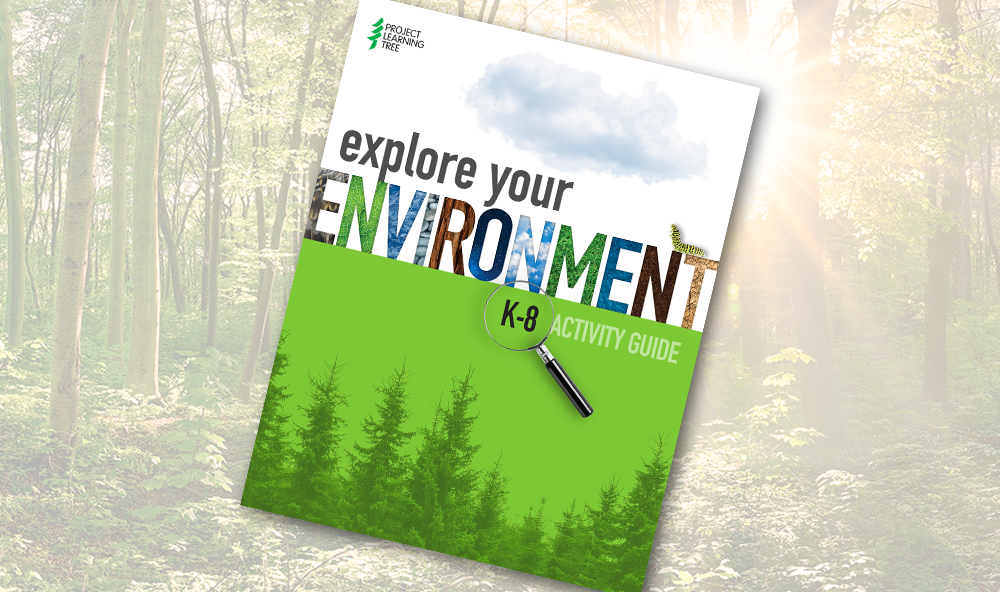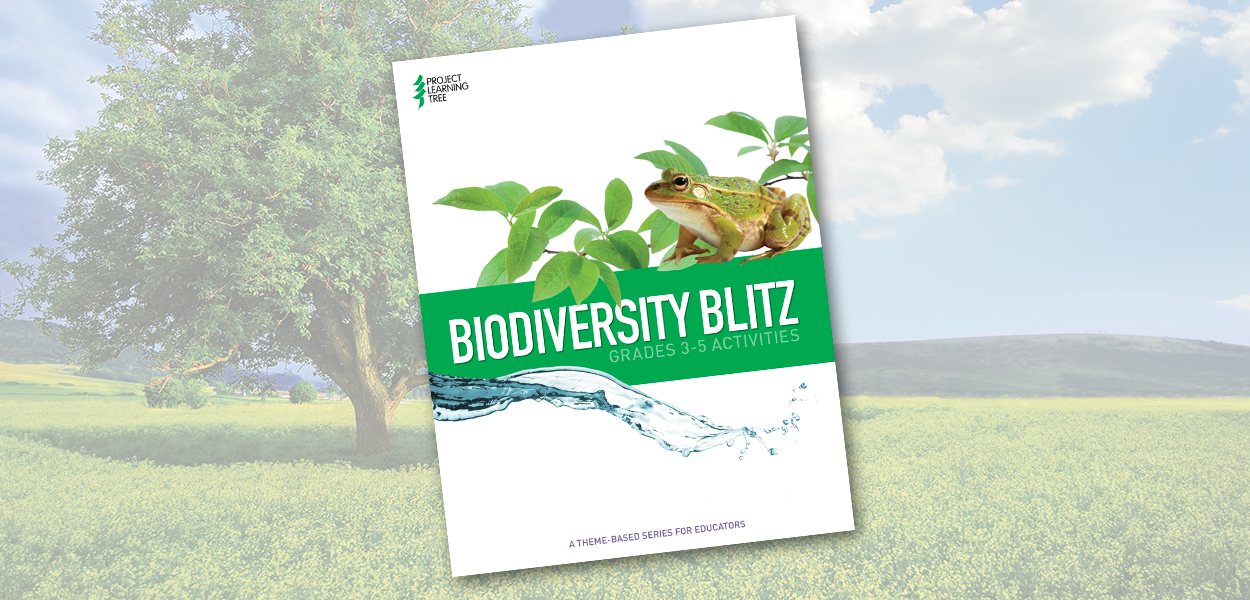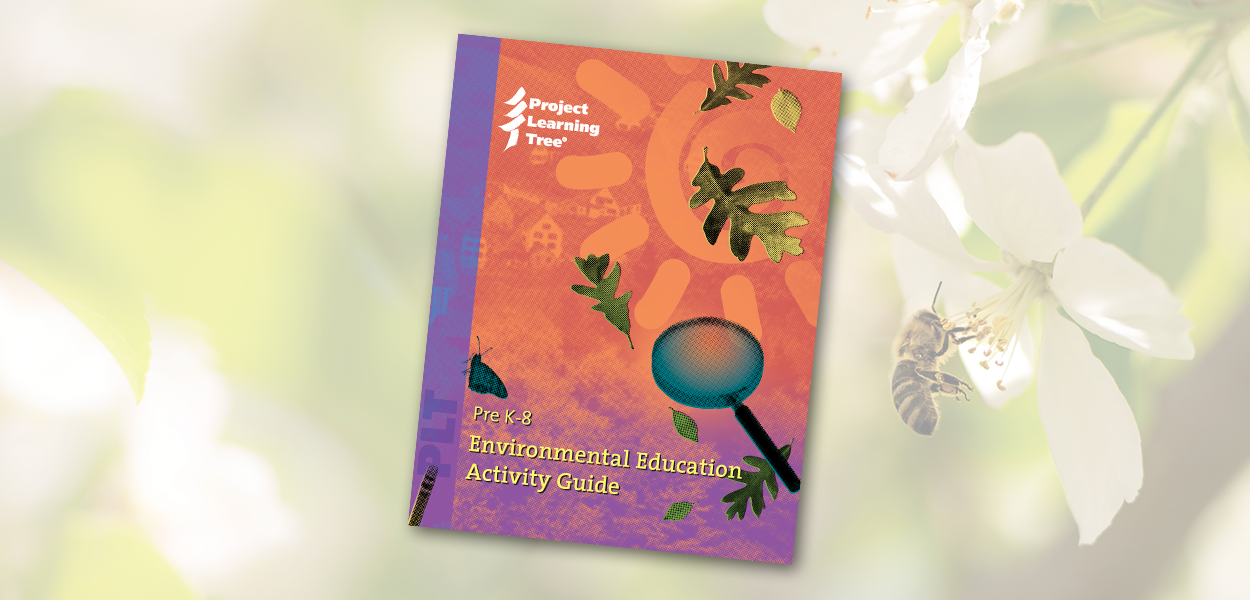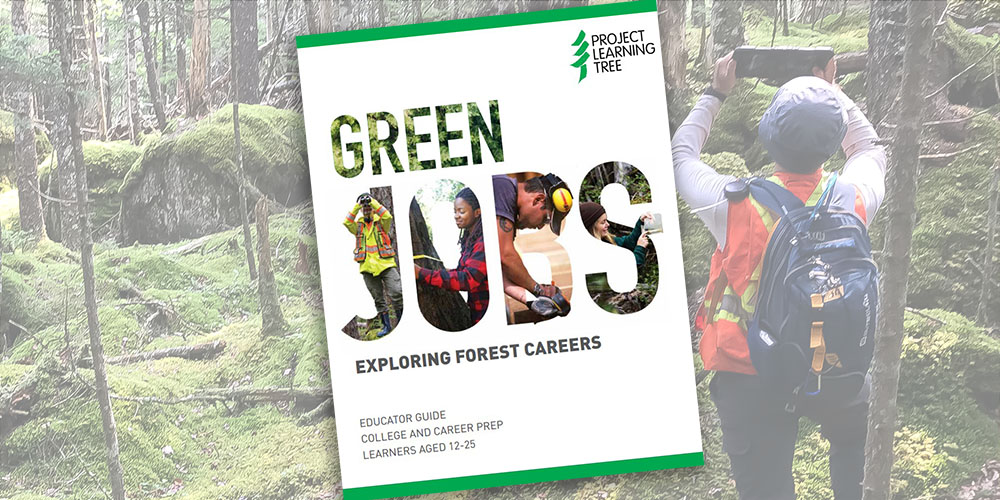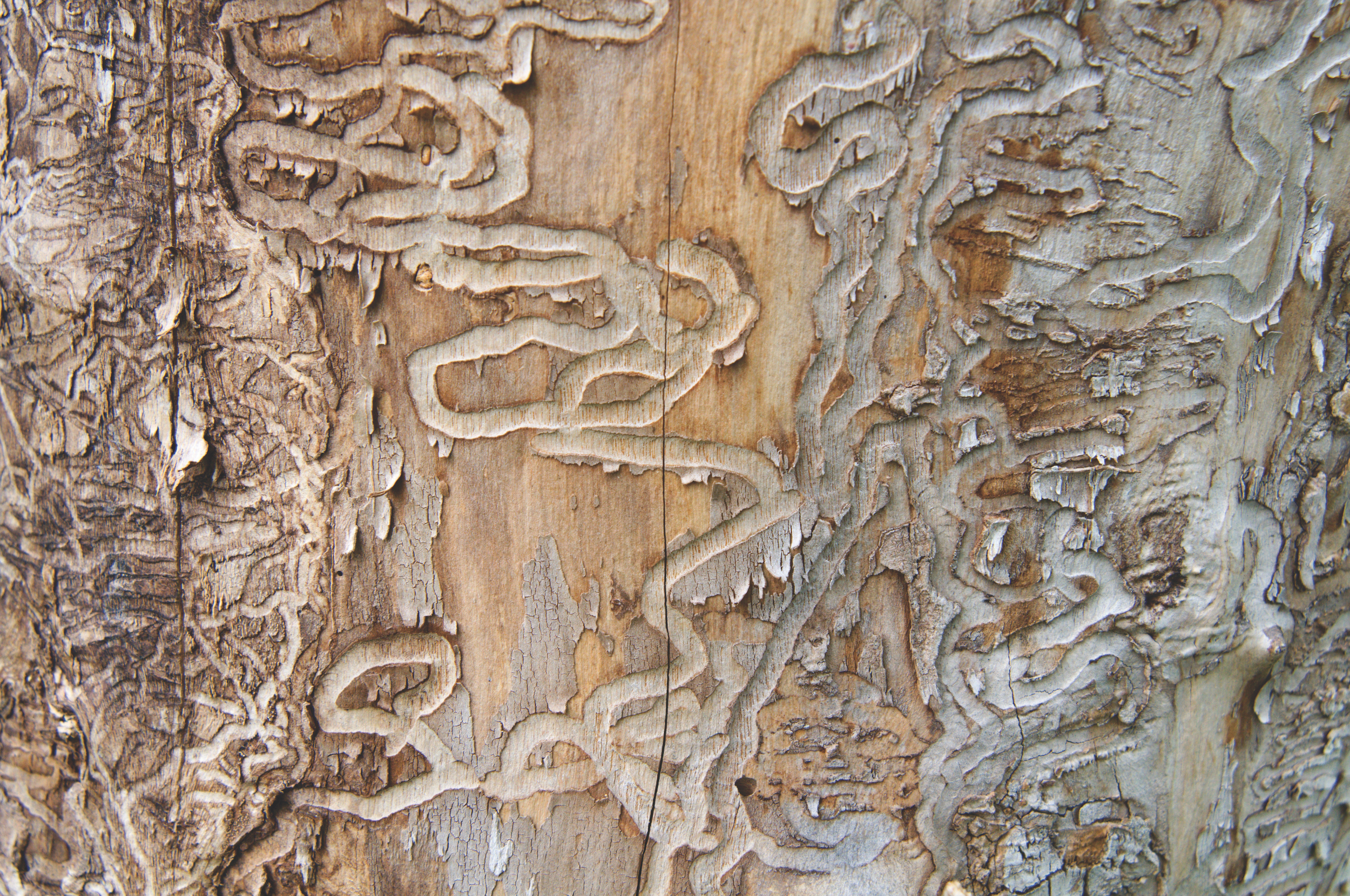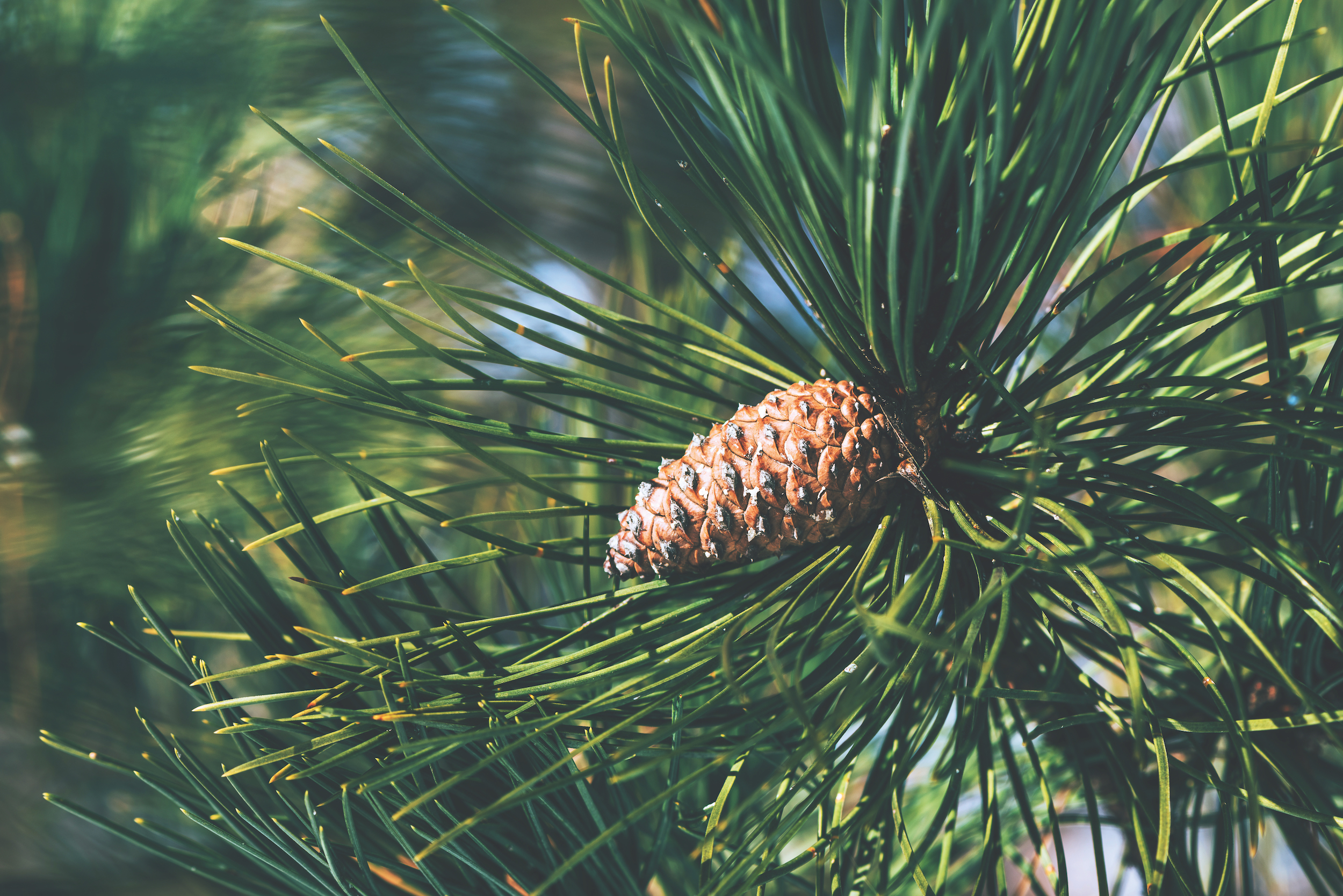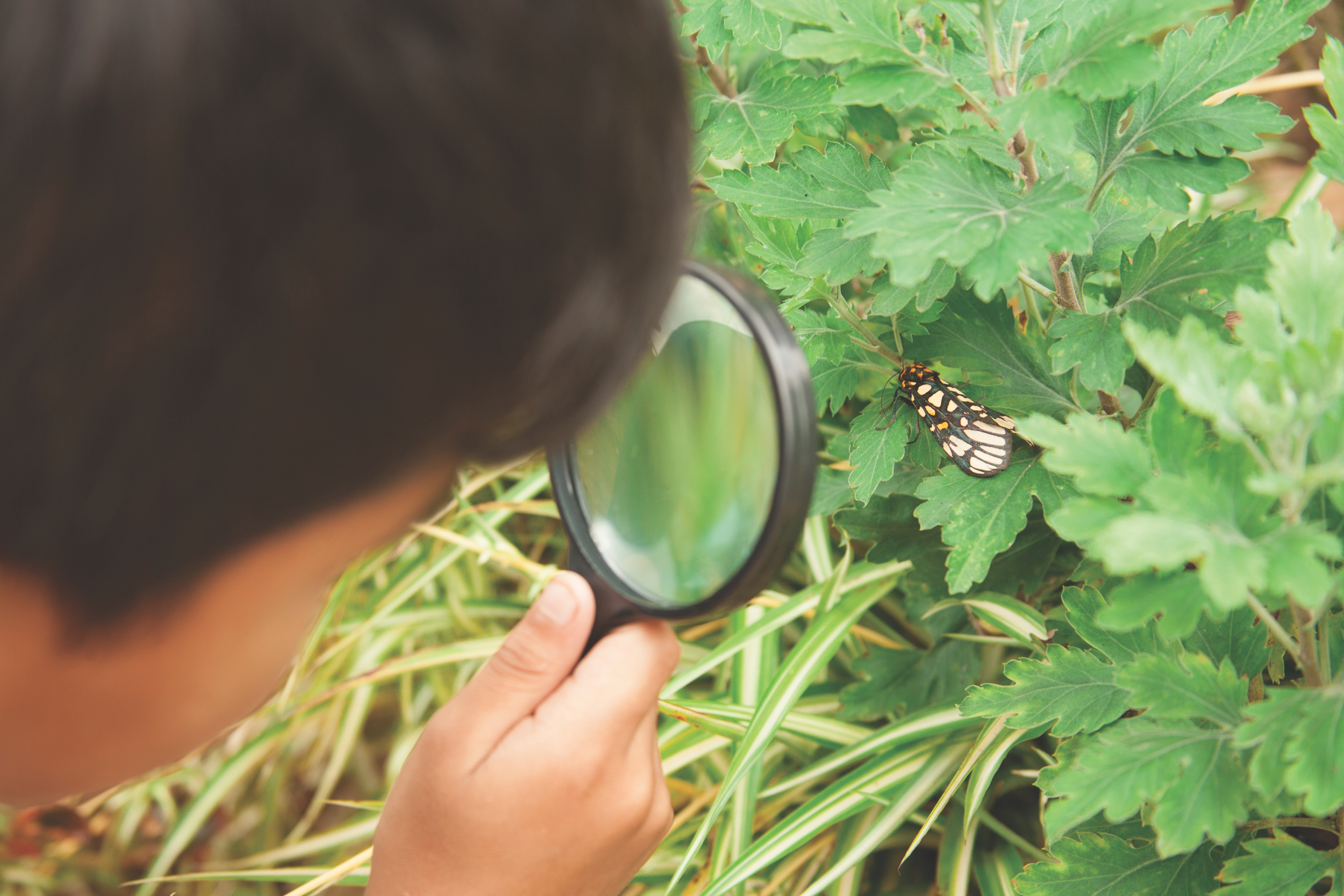November 28, 2022 | By Rae
Biodiversity Blitz, part of PLT’s themed series for educators, features three grades 3-5 activities that invite learners to investigate species variability in an ecosystem, and how this variability – or biodiversity – helps sustain life on Earth.
November 28, 2022 | By Rae
Charting Diversity. Birds and Worms. Pollution Search. These are some of the 96 hands-on interdisciplinary activities found in Project Learning Tree’s PreK-8 Environmental Education Activity Guide.
November 8, 2022 | By Rae
Help youth discover careers in sustainable forestry and conservation. The Green Jobs: Exploring Forest Careers unit includes four hands-on, NGSS-aligned, instructional activities to help youth research forestry jobs.
December 28, 2020 | By Project Learning Tree
Students model processes that can lead to species becoming rare or endangered. Then, they become advocates for rare or at-risk species of plants or animals and create “public relations campaigns” on behalf of these species.
December 28, 2020 | By Project Learning Tree
Throughout history, people have intentionally and unintentionally moved plant and animal species to new environments. Some of these species have proved beneficial, but others invade natural habitats, causing environmental and sometimes economic harm.
December 28, 2020 | By Project Learning Tree
Tree species can be identified by looking at several different features: leaves, bark, twigs, flowers, fruit, and seeds. Even the overall shape of a tree can give clues to the tree’s identity.
December 28, 2020 | By Project Learning Tree
In early spring, many trees sprout bright green leaves. Where do the leaves come from? How do they form? Students investigate these questions by observing tree buds throughout the year.
December 28, 2020 | By Project Learning Tree
Every organism needs food, water, shelter, and space. A place that meets all these needs is called a habitat. Students will explore a nearby habitat—their backyard, schoolyard, or other outdoor setting—to look for signs of animals living there.
November 12, 2020 | By Project Learning Tree
Students explore the amazing diversity of life on Earth and discover how plants and animals are adapted for survival. This activity helps students understand why there are so many different species and teaches them the value of biodiversity.
